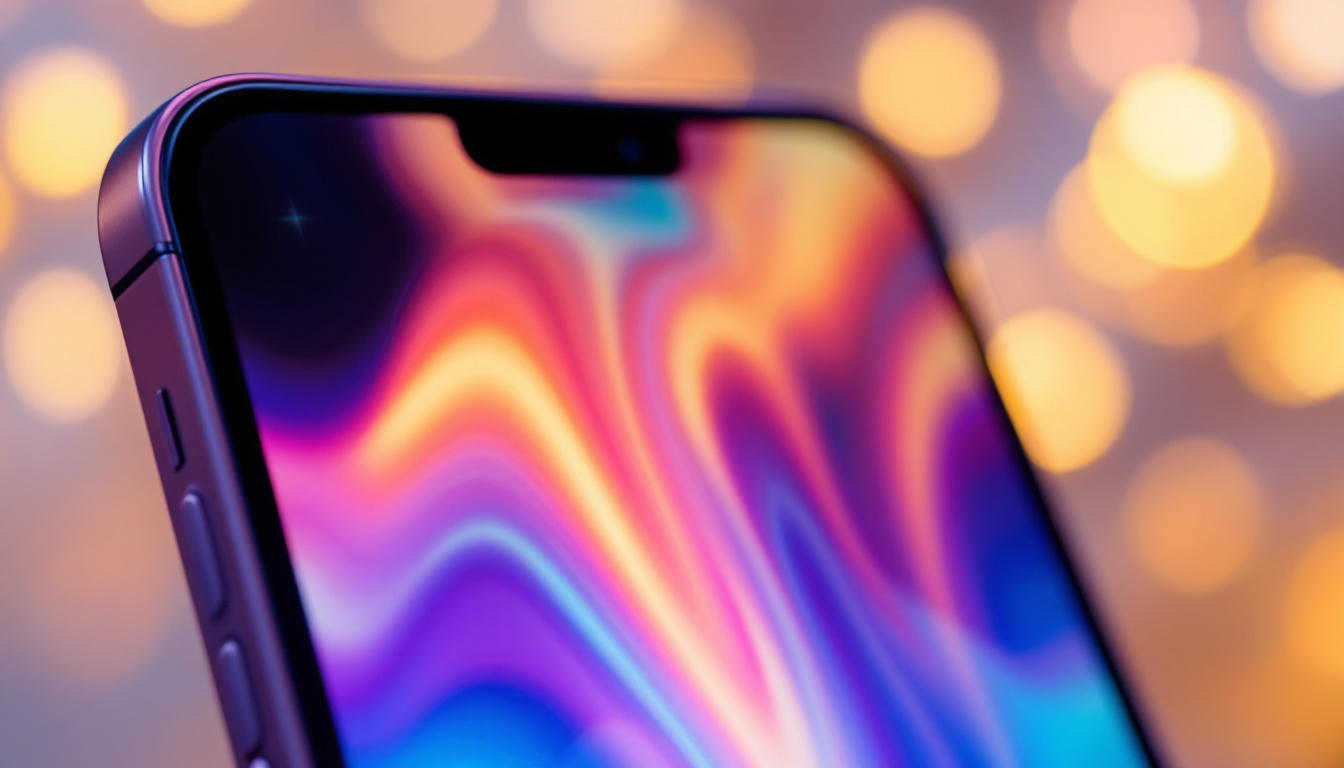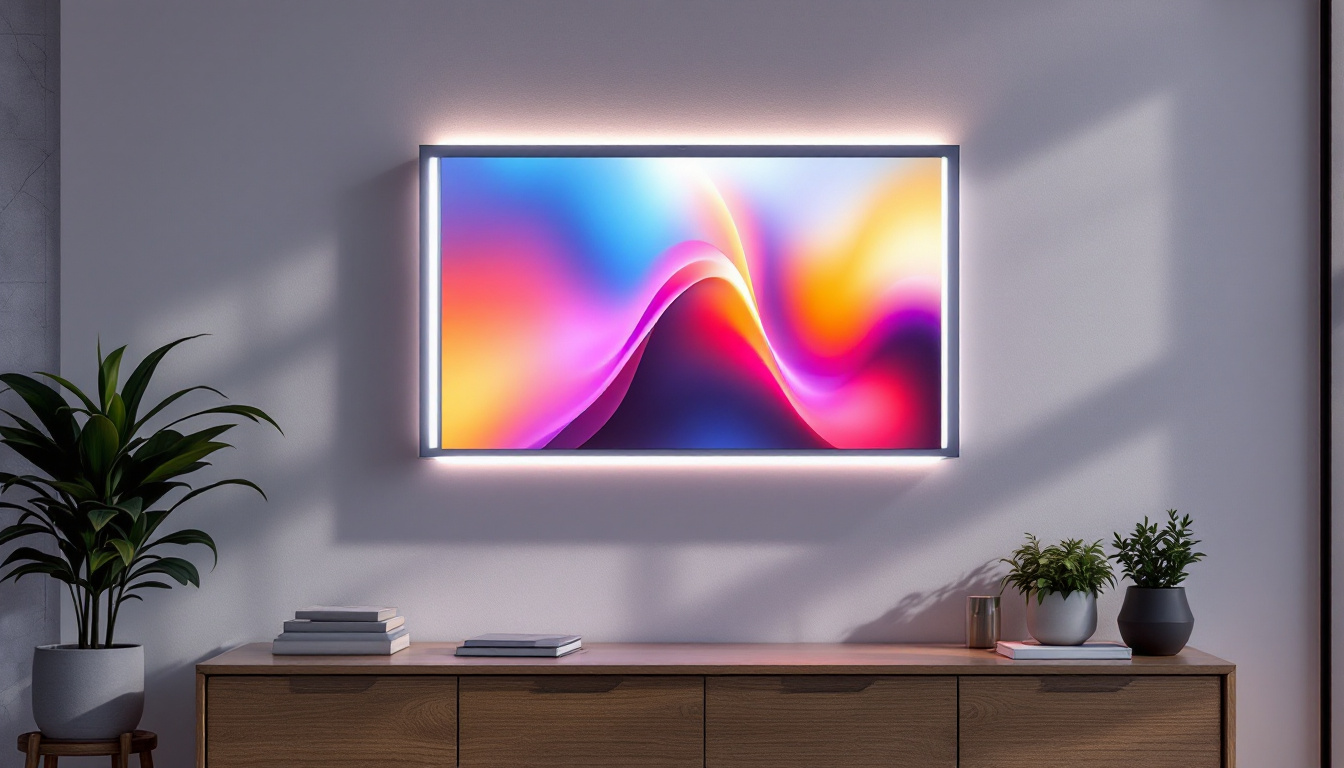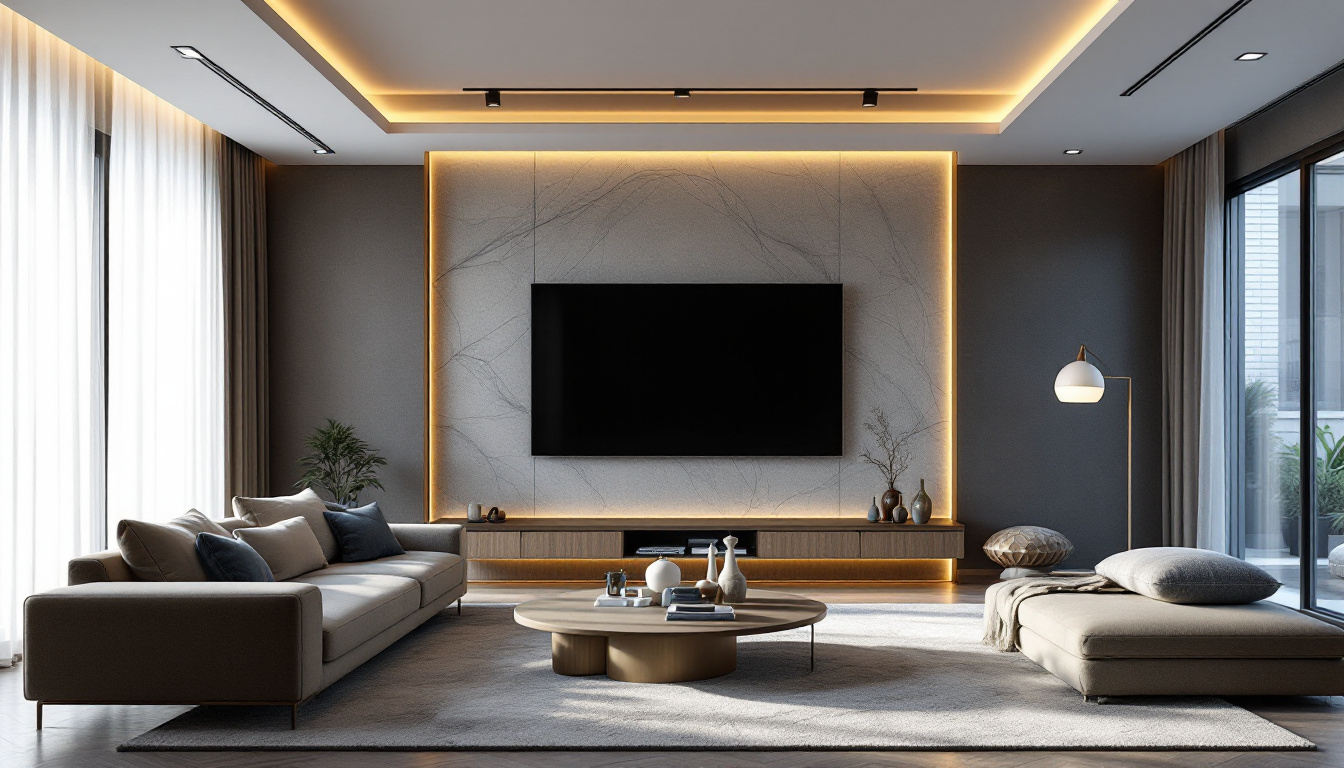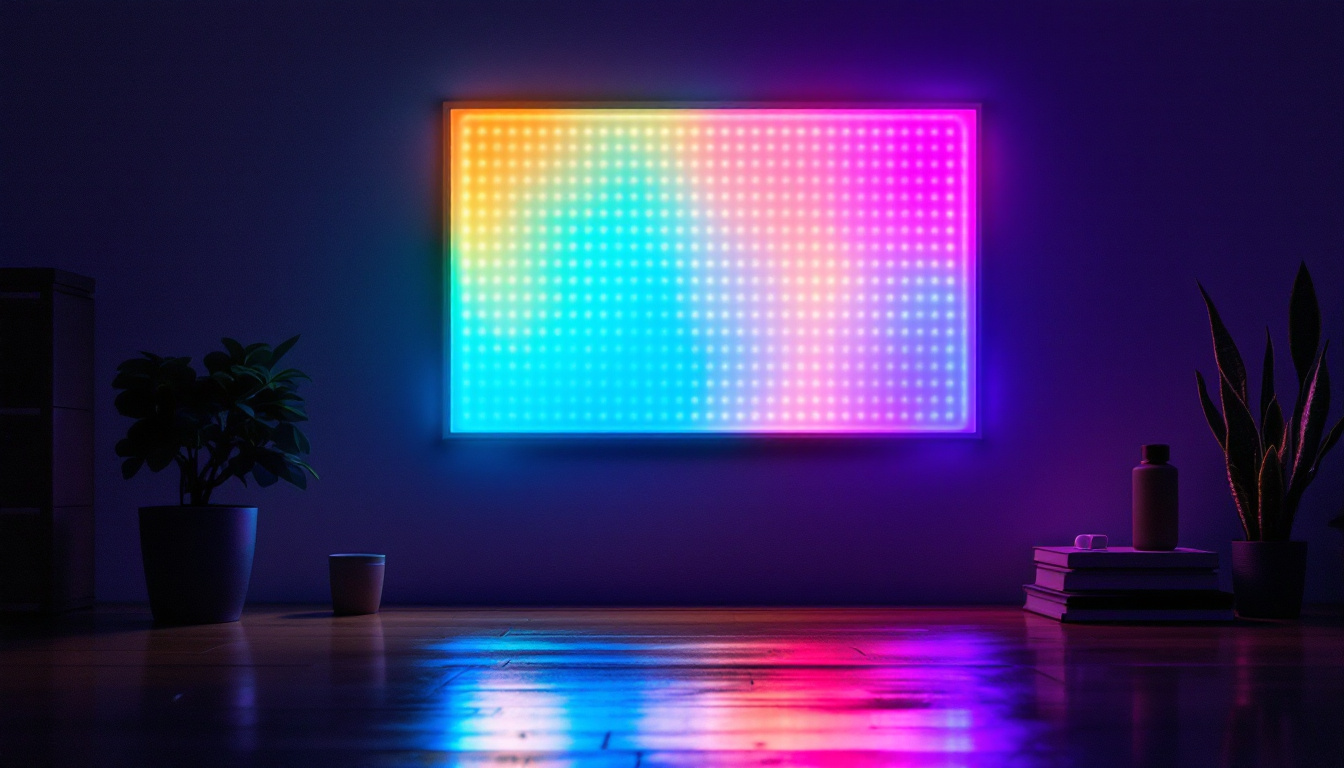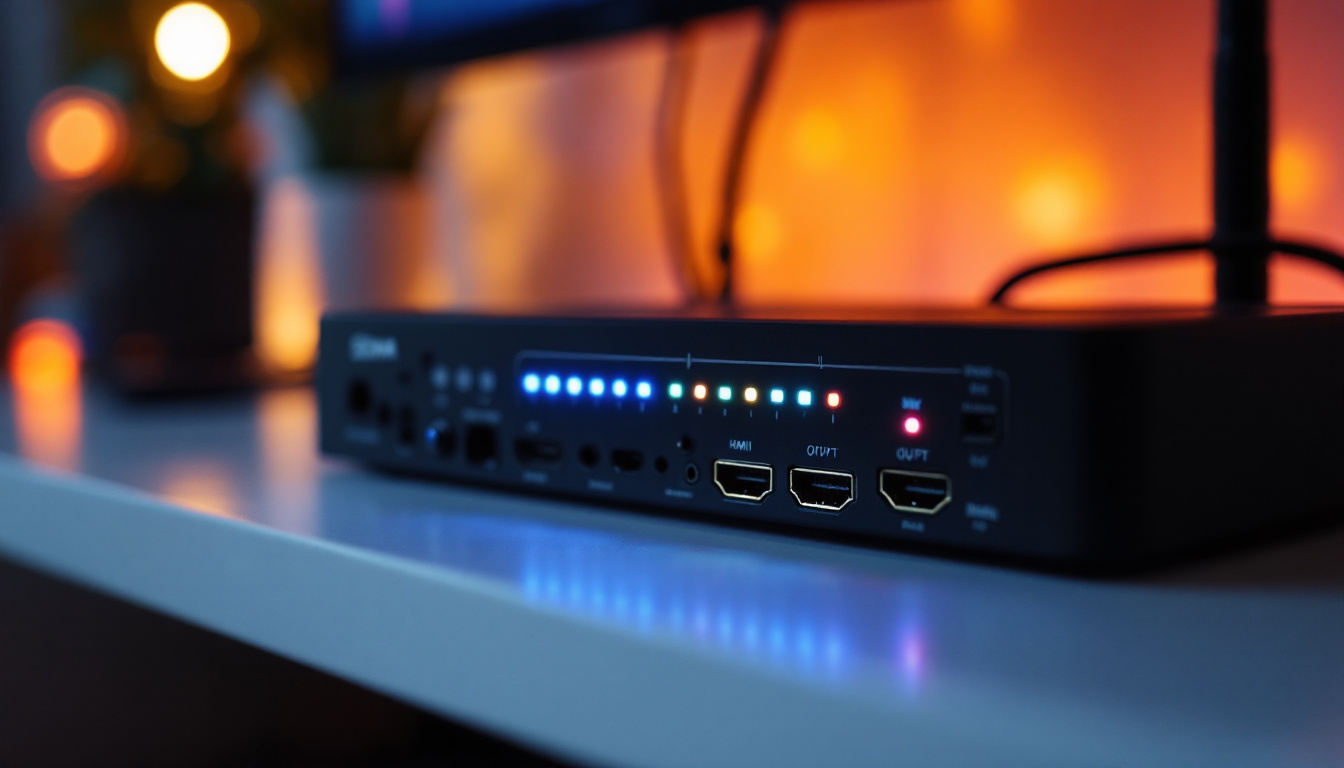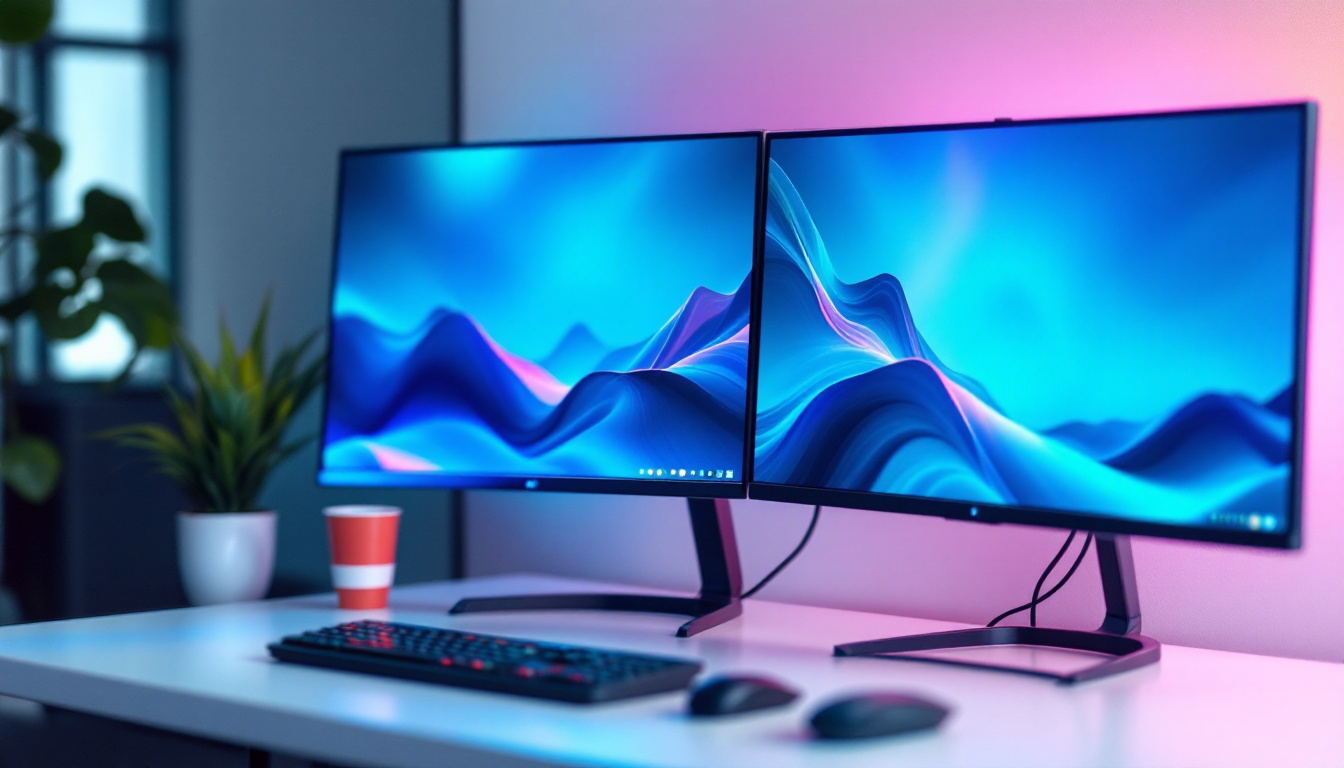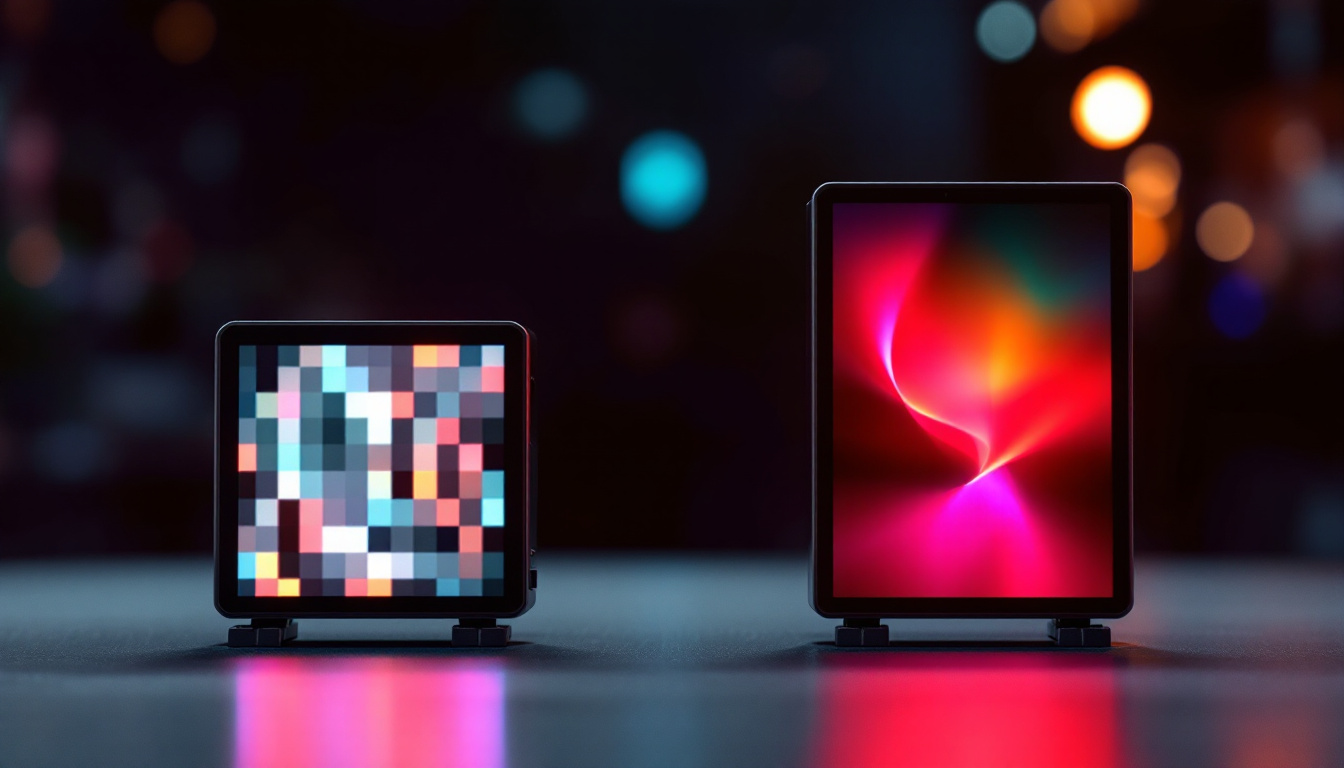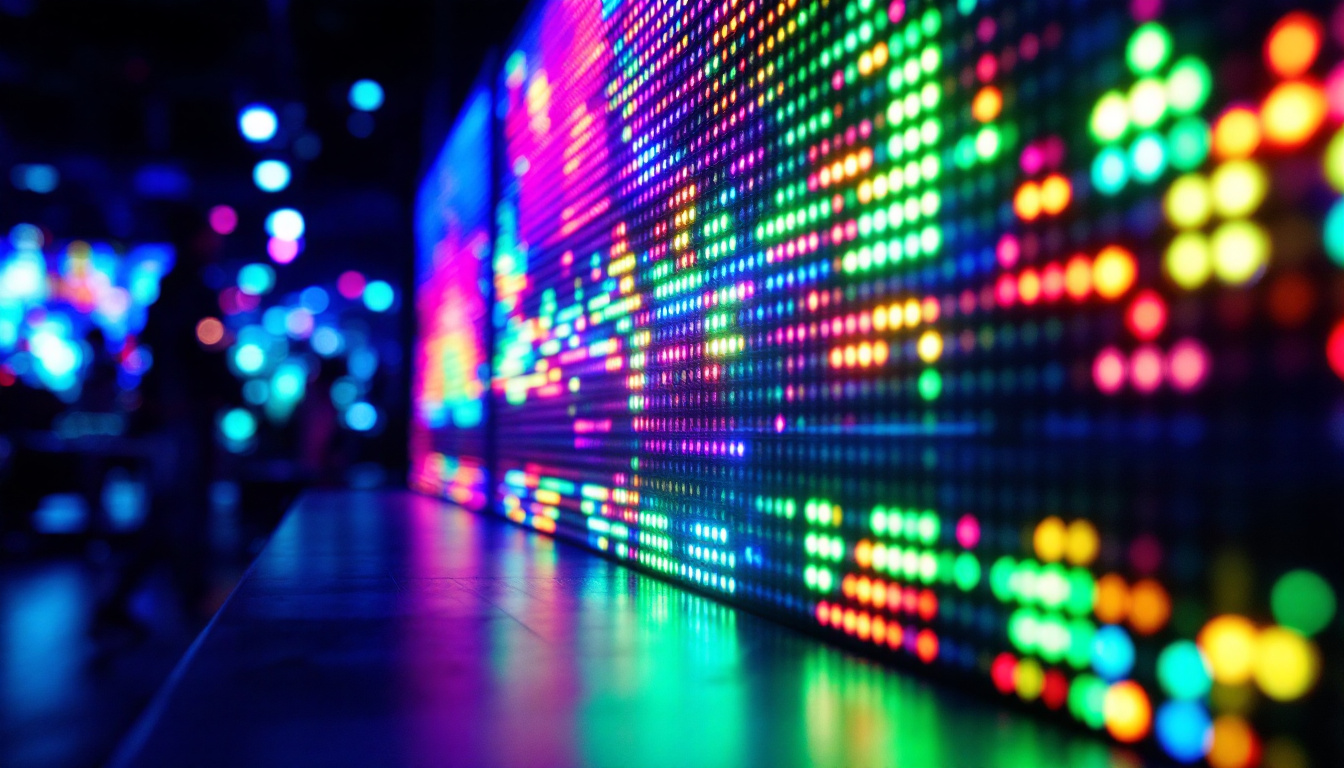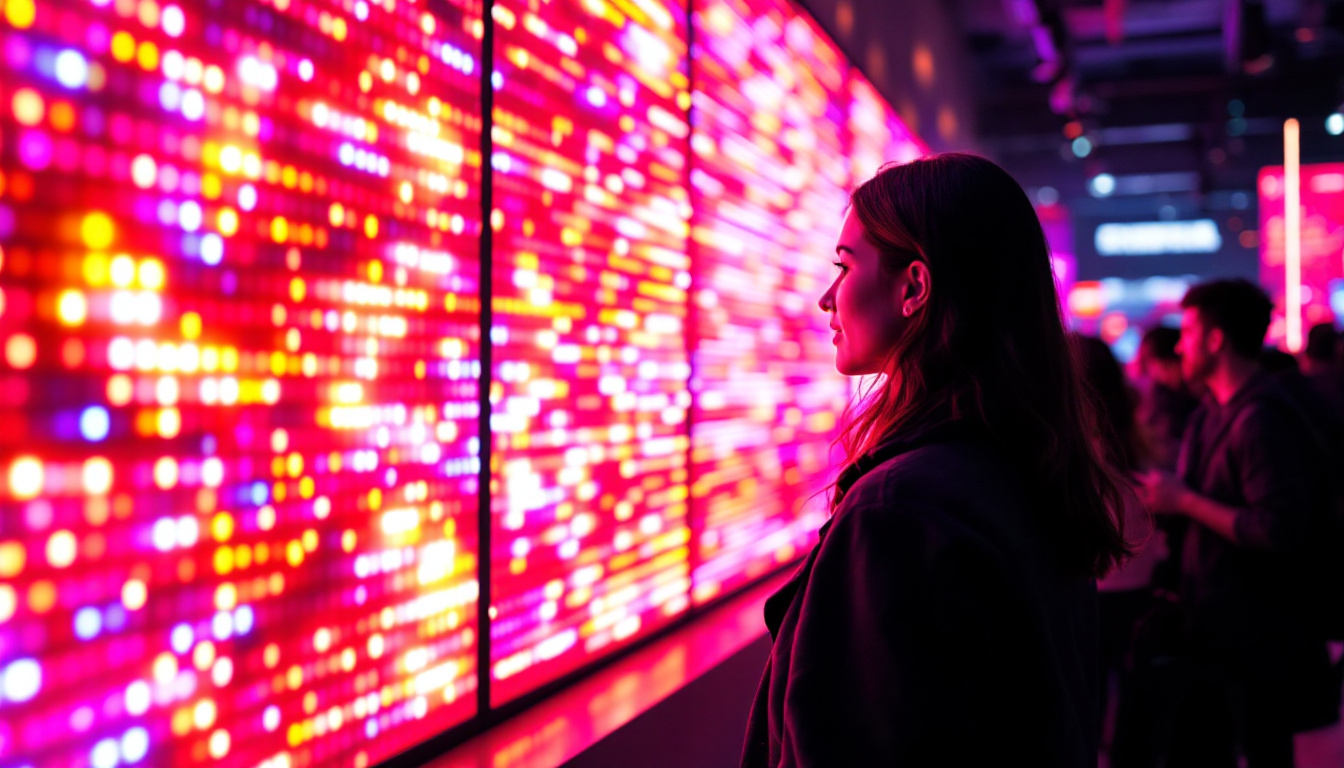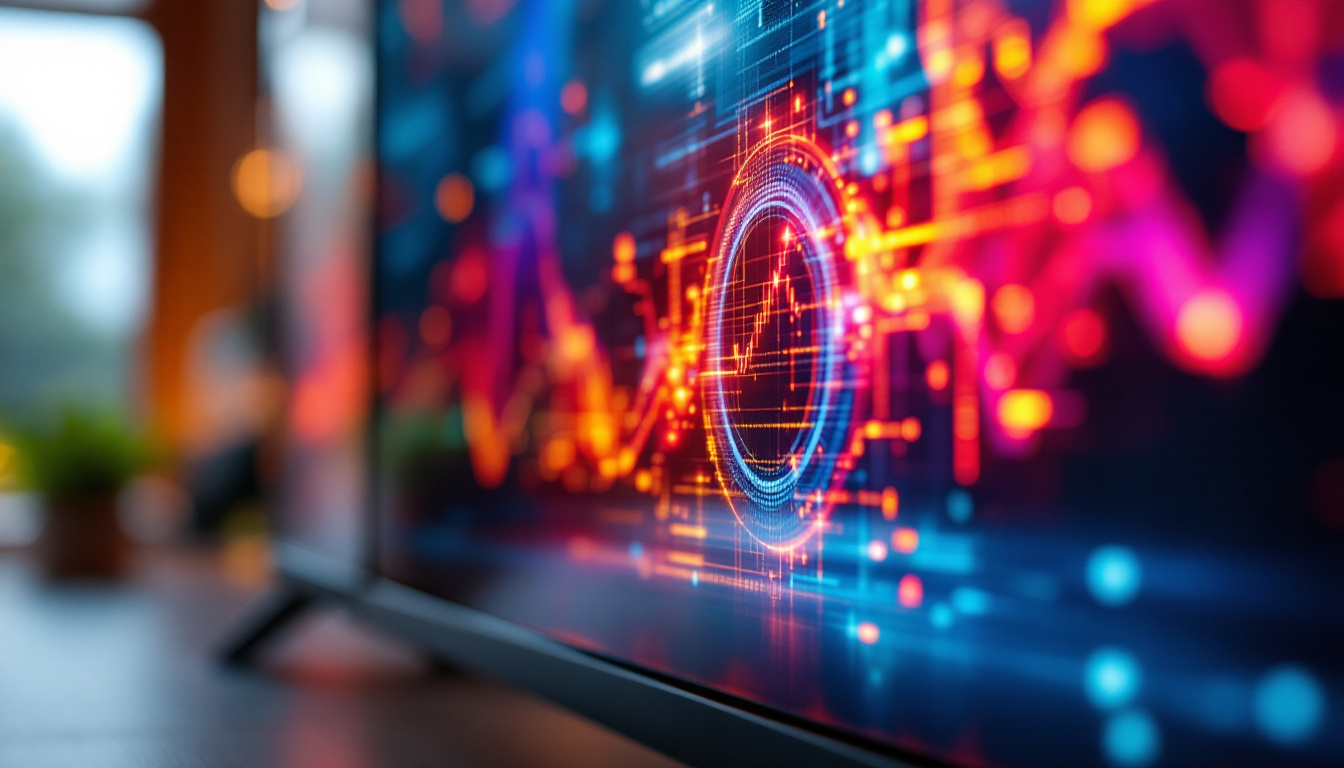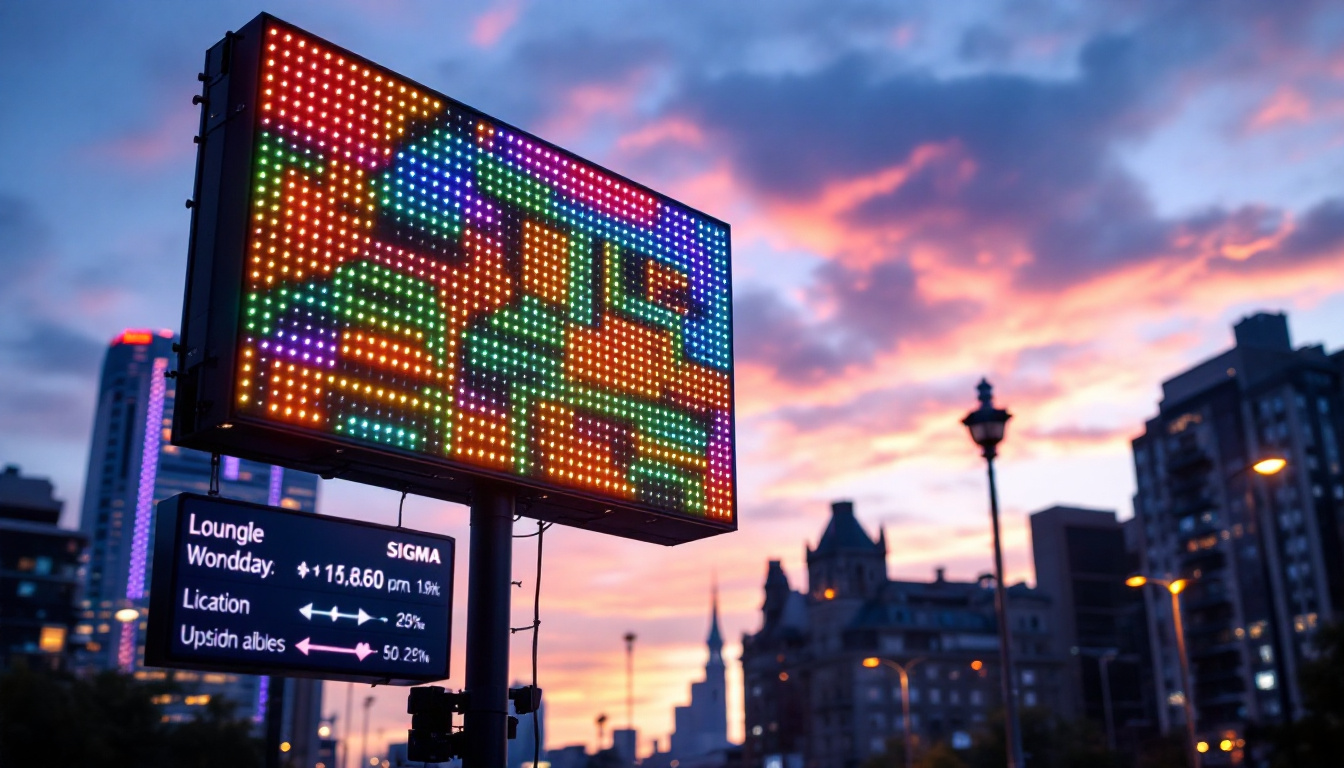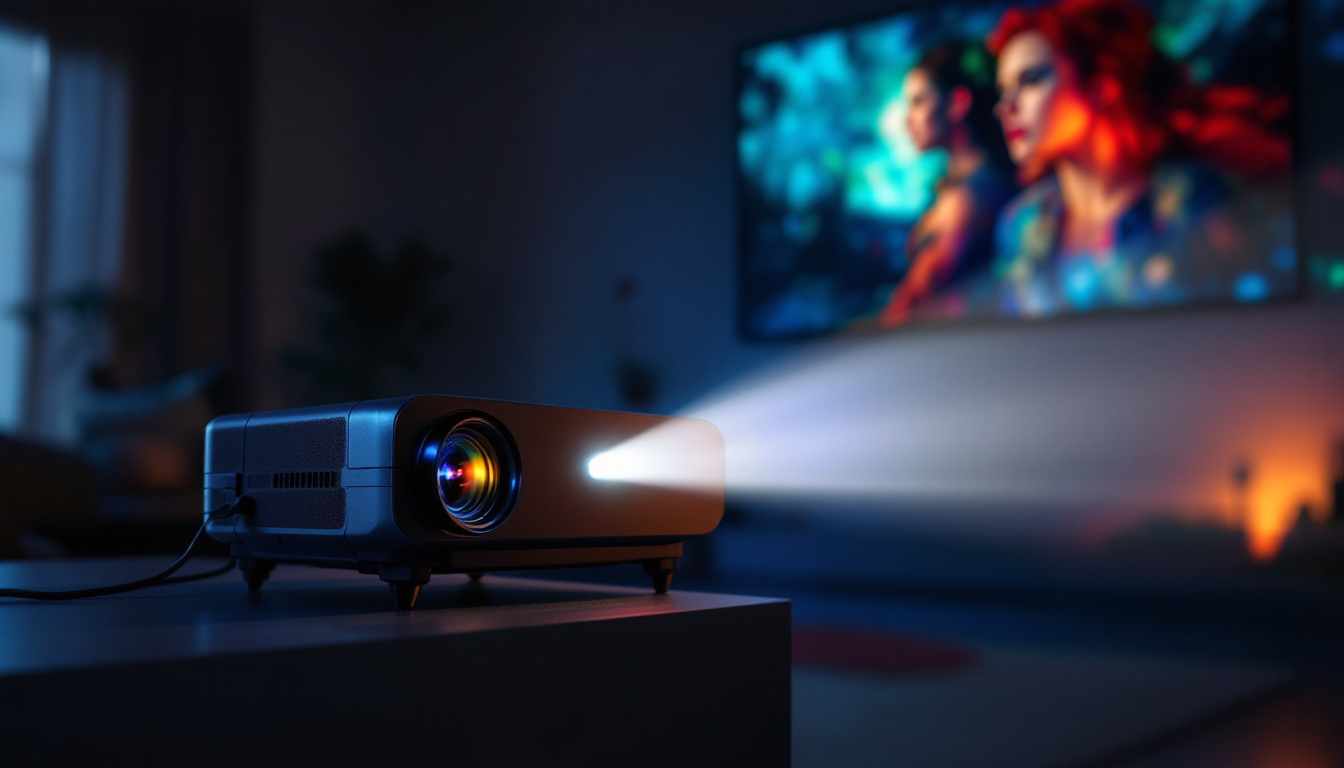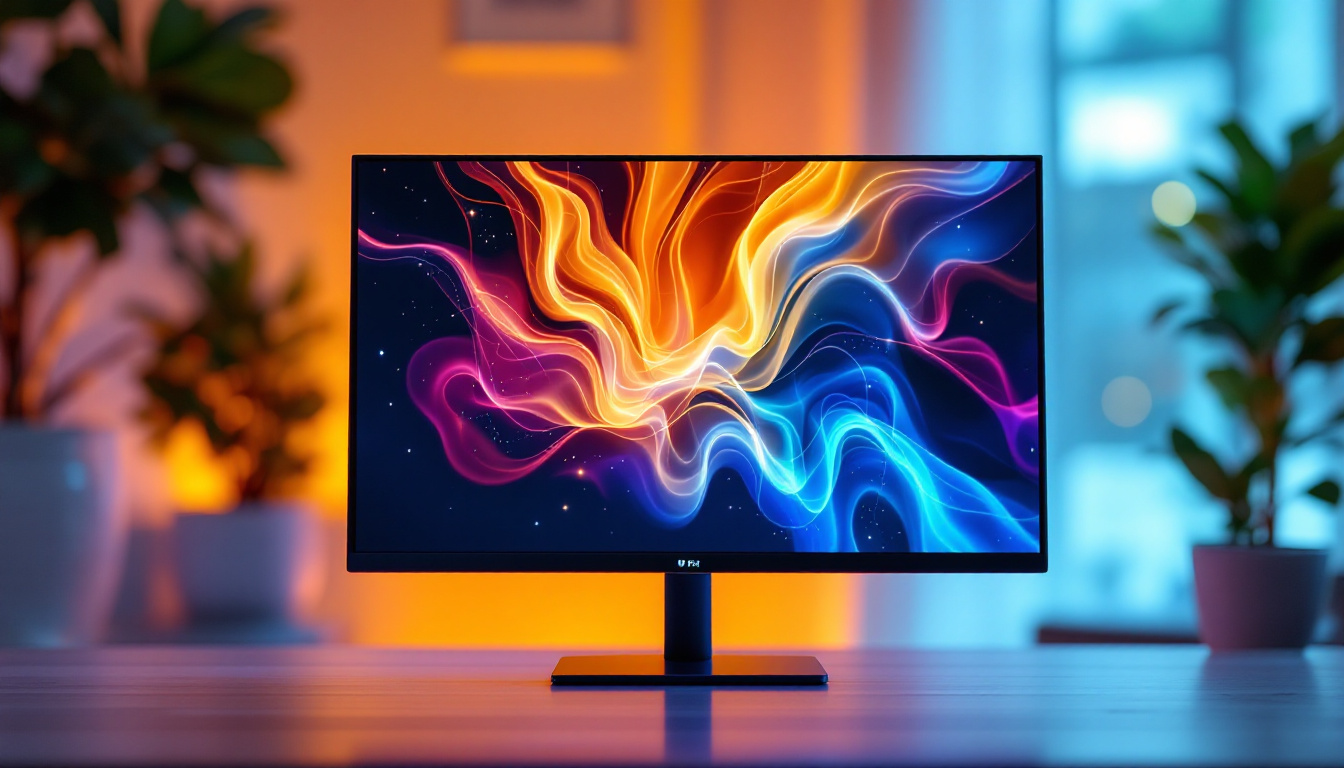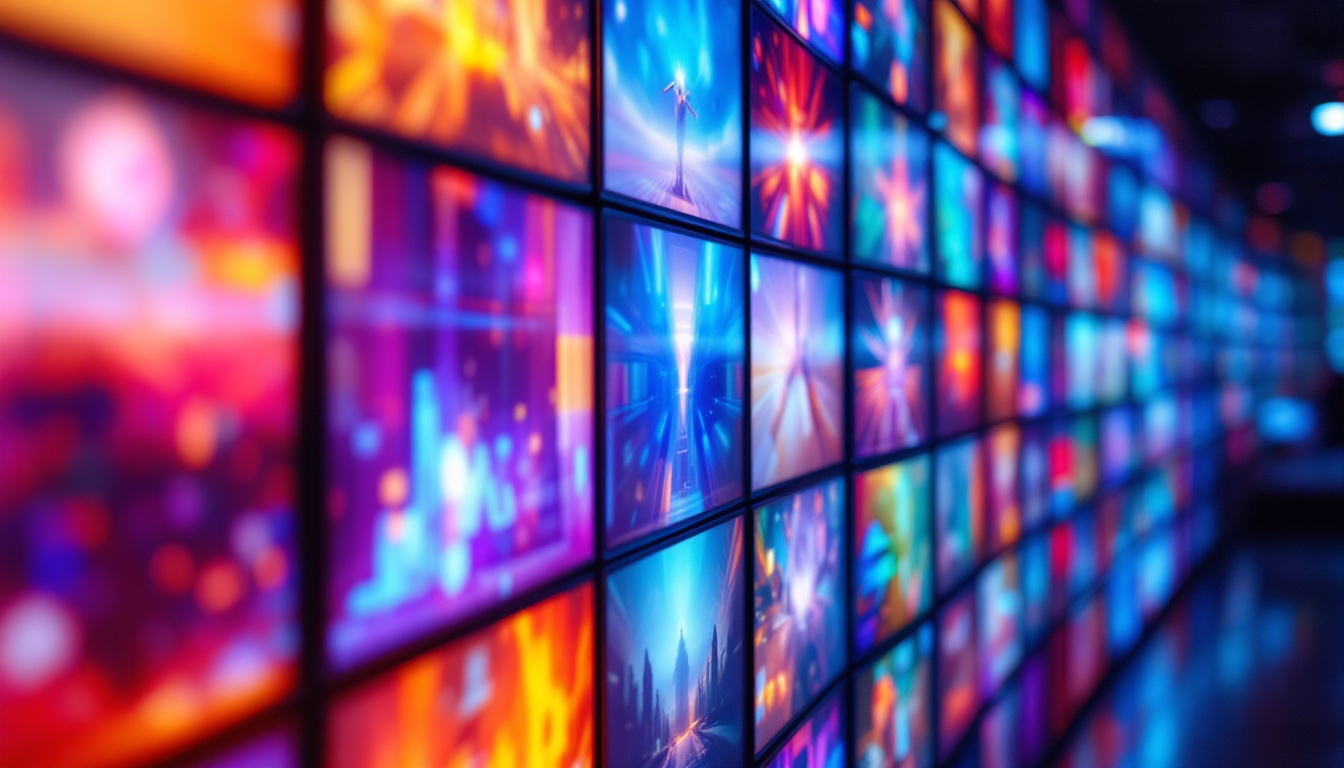In the modern world, smartphones have become an integral part of daily life, serving as communication tools, entertainment devices, and even workstations. One of the most critical components of a smartphone is its display. The brightness of the phone’s LED display plays a significant role in user experience, affecting visibility, battery life, and overall performance. This article delves into the intricacies of LED displays, how brightness is managed, and the implications for users.
Understanding LED Technology
Light Emitting Diode (LED) technology has revolutionized the way displays are designed and utilized in smartphones. Unlike traditional LCD screens that rely on backlighting, LED displays emit light directly from the diodes, offering a range of advantages.
How LED Displays Work
LED displays consist of numerous tiny diodes that produce light when an electric current passes through them. This technology allows for vibrant colors and deep blacks, as individual pixels can be turned on or off independently. This capability is particularly beneficial for displaying high-contrast images and videos.
Moreover, the arrangement of these diodes can vary, leading to different types of LED displays, such as OLED (Organic LED) and AMOLED (Active Matrix OLED). Each type has its unique characteristics, but they all share the fundamental principle of emitting light directly from the pixels. OLED technology, for instance, utilizes organic compounds that emit light when electricity is applied, allowing for even thinner displays and greater flexibility in design. This is why many modern smartphones can boast curved screens and innovative shapes, pushing the boundaries of traditional design.
Advantages of LED Displays
LED technology offers several advantages over traditional display technologies. One of the most notable benefits is energy efficiency. LED displays consume less power, which can extend battery life significantly. This is particularly important for smartphones, where battery longevity is a crucial factor for users.
Additionally, LED displays provide better color accuracy and wider viewing angles. Users can enjoy vibrant visuals from various perspectives without experiencing color distortion. This feature enhances the overall user experience, especially when watching videos or playing games. Furthermore, the rapid response time of LED displays minimizes motion blur, making them ideal for fast-paced content such as action movies or competitive gaming. As a result, users can enjoy a smoother, more immersive experience that keeps them engaged and entertained.
Another significant advantage of LED technology is its durability and longevity. Unlike traditional displays that may suffer from burn-in or degradation over time, LED screens are less susceptible to these issues. This resilience means that consumers can expect their devices to maintain high-quality visuals for a longer period, reducing the need for frequent upgrades. As manufacturers continue to innovate, we can anticipate even more enhancements in LED technology, including improvements in brightness and color range, which will further elevate the standards of smartphone displays.
Brightness Levels: What You Need to Know
Brightness levels on LED displays are measured in nits, with higher numbers indicating greater brightness. Understanding how brightness works is essential for optimizing the user experience and ensuring the longevity of the device. The human eye perceives brightness differently based on various factors, including ambient light and the content displayed on the screen. This variability highlights the importance of adjusting brightness not just for comfort, but also for clarity and detail in visual content.
Adjusting Brightness Settings
Most smartphones come equipped with automatic brightness adjustment features that utilize ambient light sensors. These sensors detect the surrounding light conditions and adjust the screen brightness accordingly. For instance, in bright sunlight, the screen may automatically brighten to ensure visibility, while in dim environments, it may dim to reduce eye strain. This technology not only enhances user experience but also plays a crucial role in ensuring that the display is neither too bright nor too dim, which can lead to discomfort or difficulty in viewing.
Users can also manually adjust brightness settings through their device’s display settings. This flexibility allows for personalized control, catering to individual preferences and specific usage scenarios. For example, a user may prefer a lower brightness setting while reading eBooks in a dark room to create a more comfortable reading environment. Furthermore, some devices offer advanced settings that allow users to set different brightness levels for different applications, providing a tailored experience that can enhance productivity and enjoyment.
Impact of Brightness on Battery Life
While higher brightness levels enhance visibility, they also consume more battery power. Users should be aware of this trade-off, as prolonged use of high brightness can lead to quicker battery depletion. To manage battery life effectively, users can opt for adaptive brightness settings or lower the brightness when not needed. This is particularly important during long periods of use, such as when streaming videos or playing games, where the screen is consistently illuminated at high levels.
Additionally, many smartphones now offer features like Night Mode or Blue Light Filter, which can reduce brightness and adjust color temperatures to minimize eye strain during nighttime use. These features not only enhance comfort but also contribute to battery conservation. By reducing the amount of blue light emitted, these modes can help improve sleep quality if devices are used before bedtime. As a result, users can enjoy their devices longer without compromising their health or battery life, making these settings an essential part of modern smartphone usage.
Factors Affecting Display Brightness
Several factors can influence the brightness of a phone’s LED display, ranging from hardware components to software settings. Understanding these factors can help users make informed decisions about their device usage.
Hardware Components
The quality of the hardware components within a smartphone significantly affects display brightness. High-quality diodes can produce brighter light and better color accuracy. Additionally, the display’s construction, such as the type of glass used and the overall design, can impact how light is transmitted and perceived.
Moreover, the graphics processing unit (GPU) plays a crucial role in rendering images at various brightness levels. A powerful GPU can enhance the overall display performance, ensuring that brightness adjustments are smooth and responsive.
Software Optimization
Software also plays a vital role in managing display brightness. Operating systems and applications can optimize how brightness is adjusted based on user preferences and environmental conditions. Regular software updates often include enhancements to display performance, ensuring that brightness levels are managed efficiently.
Additionally, some applications allow users to customize brightness settings for specific tasks, such as reading or gaming. These optimizations can enhance the overall user experience by providing tailored brightness levels for different activities.
Common Issues with Display Brightness
Despite the advancements in LED technology, users may encounter various issues related to display brightness. Understanding these problems can help in troubleshooting and ensuring optimal performance.
Screen Flickering
Screen flickering is a common issue that can occur when the brightness level is set too low or when the automatic brightness adjustment feature malfunctions. This flickering can be distracting and may cause eye strain over time.
To resolve this issue, users can try adjusting the brightness manually or disabling the automatic brightness feature to see if it alleviates the problem. If flickering persists, it may indicate a hardware issue that requires professional attention.
Inconsistent Brightness
Inconsistent brightness levels can also be a source of frustration for users. This issue may arise from software glitches or hardware malfunctions. For instance, if certain areas of the screen appear brighter or dimmer than others, it could indicate a problem with the display itself.
To troubleshoot this issue, users can restart their devices or perform a factory reset. If the problem continues, seeking assistance from a professional technician may be necessary to diagnose and address the underlying cause.
Future of LED Display Technology
The future of LED display technology is promising, with ongoing advancements aimed at enhancing brightness, color accuracy, and energy efficiency. As manufacturers continue to innovate, users can expect even more remarkable display experiences in their smartphones.
MicroLED Technology
MicroLED technology is emerging as a game-changer in the display industry. This technology utilizes microscopic LEDs to create images, offering superior brightness and color performance compared to traditional LED displays. MicroLED displays can achieve higher brightness levels while consuming less power, making them an attractive option for future smartphones.
Moreover, MicroLED technology allows for greater flexibility in design, enabling manufacturers to create thinner and lighter devices without compromising on display quality. As this technology becomes more mainstream, users can anticipate a significant upgrade in their smartphone display experiences.
Advancements in Adaptive Brightness
Future developments in adaptive brightness technology are also on the horizon. With the integration of artificial intelligence and machine learning, smartphones may soon be able to predict user behavior and adjust brightness levels accordingly. This could lead to more efficient battery usage and a more personalized user experience.
Such advancements could also enhance the overall usability of smartphones in various environments, ensuring optimal visibility regardless of lighting conditions.
Conclusion
The brightness of LED displays on smartphones is a critical factor that influences user experience, battery life, and overall performance. Understanding the technology behind LED displays, how brightness is managed, and the factors affecting it can empower users to make informed choices about their devices.
As technology continues to evolve, the future of LED displays looks promising, with innovations such as MicroLED and advanced adaptive brightness on the horizon. By staying informed about these developments, users can maximize their smartphone experience and enjoy the benefits of cutting-edge display technology.
Discover the Future of LED Displays with LumenMatrix
Ready to experience the pinnacle of LED display technology? LumenMatrix is at the forefront of innovation, offering a diverse range of LED display solutions tailored to meet your needs. Whether you’re looking to enhance your brand’s visibility with an Indoor LED Wall Display, captivate passersby with an Outdoor LED Wall Display, or create dynamic visual experiences with our Custom LED Displays, LumenMatrix has you covered. Elevate your visual communication and engage your audience like never before. Check out LumenMatrix LED Display Solutions today and step into the future of digital signage.

